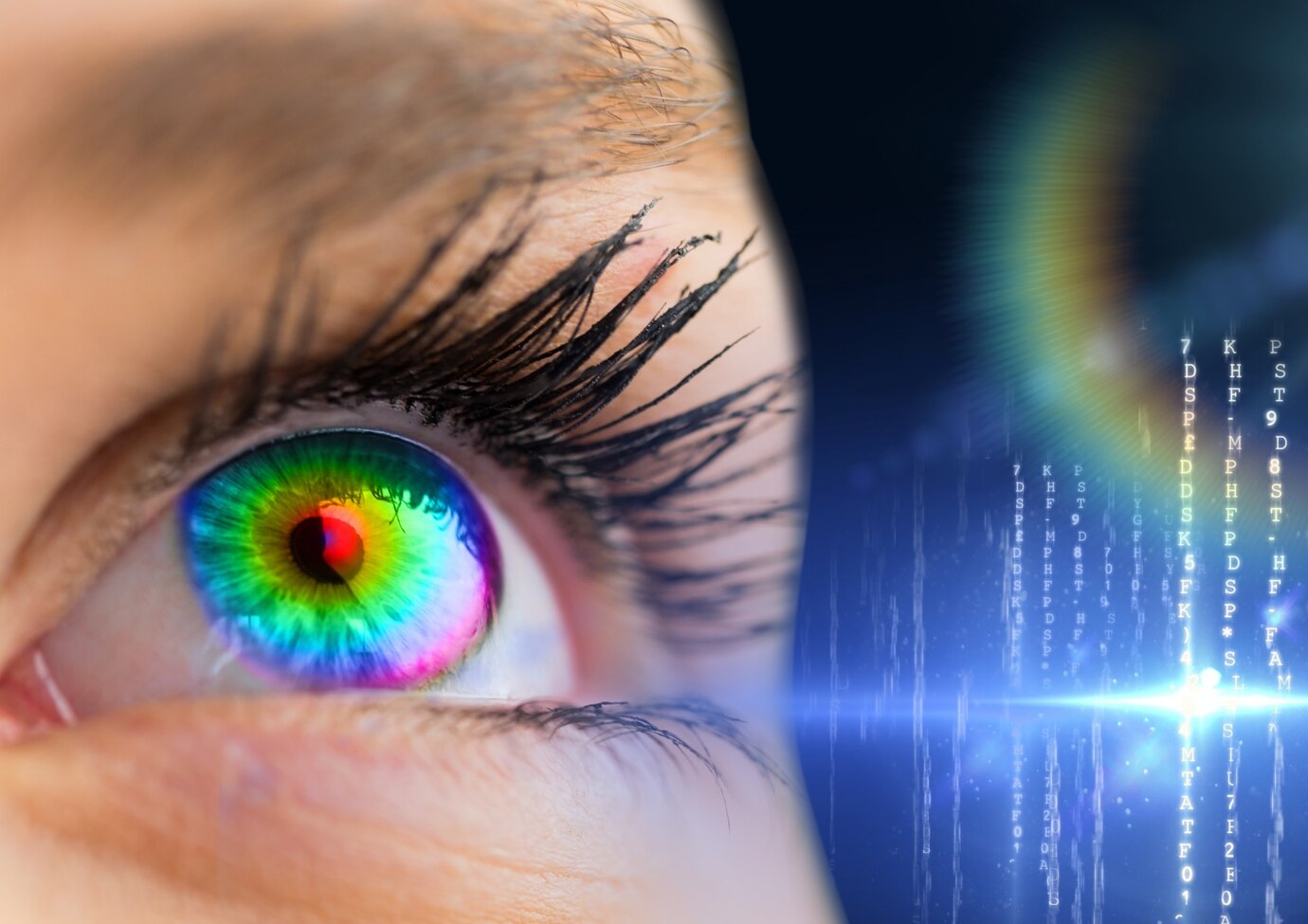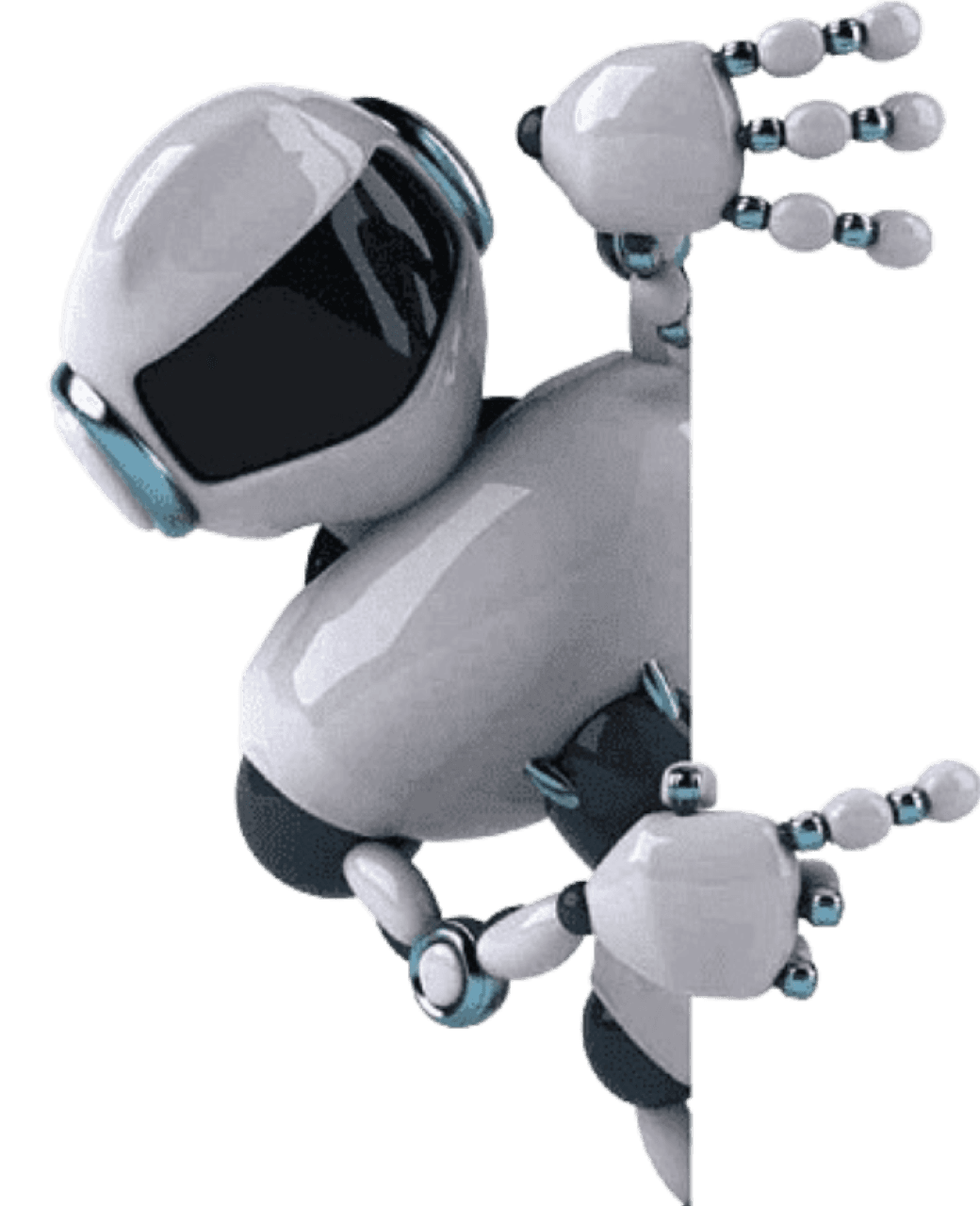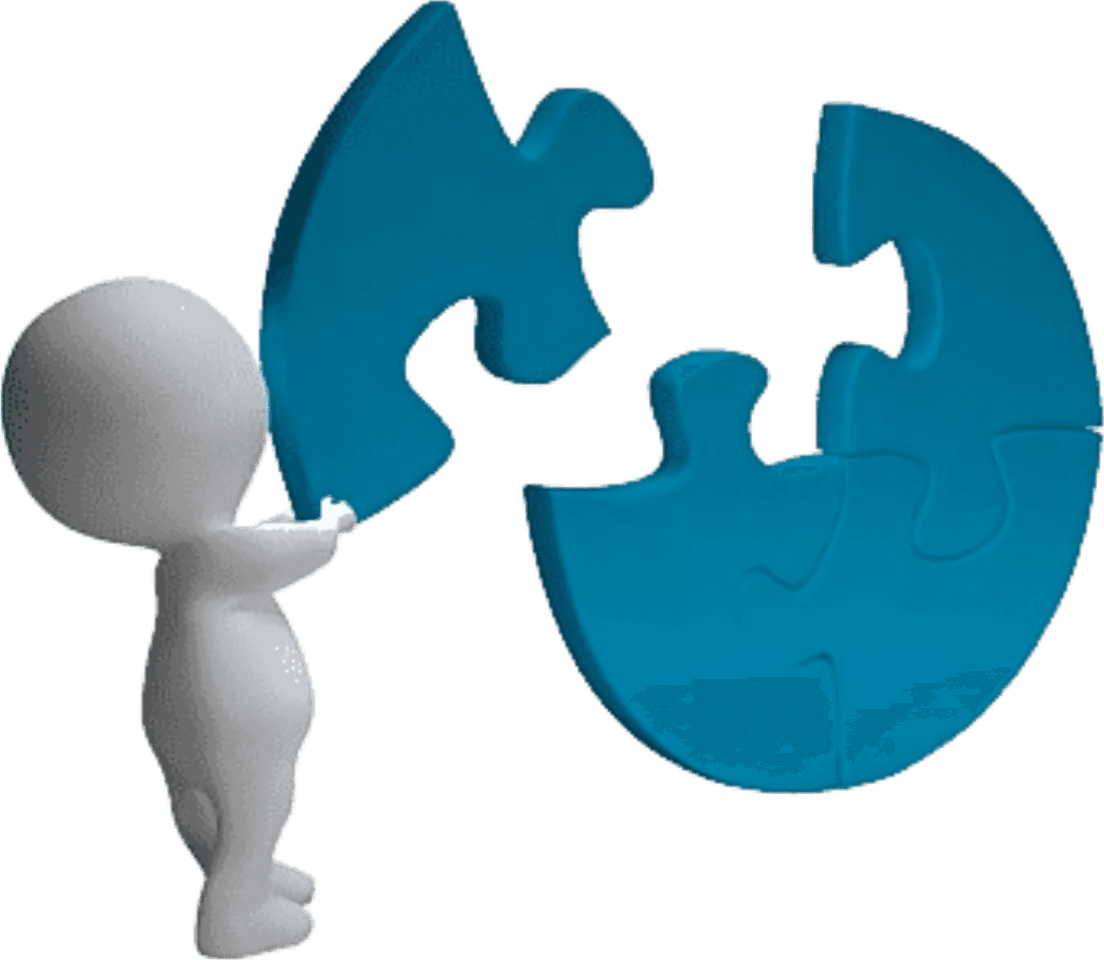How to Leverage Computer Vision to Ensure Quality and Consistency in Diaper Manufacturing with the Right Size and Alignment
How to Leverage Computer Vision to Ensure Quality and Consistency in Diaper Manufacturing with the Right Size and Alignment
How to Leverage Computer Vision to Ensure Quality and Consistency in Diaper Manufacturing with the Right Size and Alignment
How to Leverage Computer Vision to Ensure Quality and Consistency in Diaper Manufacturing with the Right Size and Alignment
How to Leverage Computer Vision to Ensure Quality and Consistency in Diaper Manufacturing with the Right Size and Alignment
How to Leverage Computer Vision to Ensure Quality and Consistency in Diaper Manufacturing with the Right Size and Alignment
How to Leverage Computer Vision to Ensure Quality and Consistency in Diaper Manufacturing with the Right Size and Alignment
By Apratim Ghosh
By Apratim Ghosh
By Apratim Ghosh
Nov 25, 2024
Nov 25, 2024
Nov 25, 2024
AI
AI
Computer Vision
Computer Vision
Manufacturing
Manufacturing
Listen to this blog :
0:00/1:34
White paper
White paper
AI Based Gross to Net (G2N) Solution
AI Based Gross to Net (G2N) Solution
Valuable Asset For Agri Science Company
Valuable Asset For Agri Science Company





Simple as it might seem, manufacturing diapers isn’t easy. Imagine if the diaper is not absorbent or short and narrow. It could lead to issues like skin rashes, which are not suitable for babies, and the brand’s reputation.
That’s why several countries have made it compulsory for manufacturers to adhere to regulations to ensure comfort for babies and safeguard the brand's image.
India, for instance, has laid down stringent compliance regulations that necessitate manufacturers to get a license from the Bureau of Indian Standards (BIS) to manufacture, import, or sell diapers.
The need for quality and consistency in diaper manufacturing calls for extensive testing. The diapers are evaluated for:
Technical characteristics: Manufacturers test the diaper’s weight and thickness.
Softness and comfort: The fiber's softness is tested to ensure it does not irritate the baby’s skin.
Leakage protection: The manufacturers check the diaper’s ability to absorb liquid.
Breathability: The manufacturers test the diaper’s ability to emit moisture on the outside to measure its breathability capability.
Dimension measurement: The diapers are tested for their dimensions, such as length and width.
Diaper packaging and labeling: The diaper packages are checked to ensure the labels contain all the essential information, such as safety certifications and instructions for use and disposal.
Although the tests required are extensive, diaper manufacturers still resort to manual processes.
Take dimension measurement, for example. The testers have to remove the diaper’s absorbent core by taking out its outer plastic parts using scissors, pin it on a wall, and measure the width and length using a ruler. The process is so slow that testers typically take 15 minutes to measure one diaper. To ramp up the process, they could do random checks, which again takes more than five minutes for one person to check. Besides being time-consuming, the process leads to errors and inconsistencies in quality.
The only way to avoid such a situation is by replacing manual processes with technologies like Computer Vision.
How can Computer Vision Improve Quality and Consistency in Diaper Manufacturing?
Computer Vision is a field of Artificial Intelligence (AI). It uses a combination of hardware like advanced cameras to capture visuals and computer vision software to process, analyze, and interpret images. Computer vision is responsible for acquiring, understanding, and processing visual data like images and videos. It helps identify and segment objects, perform facial recognition, and detect patterns and errors.
Let’s find out how manufacturers can use it to improve quality and consistency in diaper manufacturing.
Improves inspection with AI capabilities
Diapers are multi-layered products and are susceptible to various defects ranging from material flaws like contamination and tears to assembling errors like misalignment between layers, excessive or inadequate adhesive usage, and other minute issues that are not easily visible to the naked eye. Computer Vision utilizes high-scan cameras to click images of the diapers in real-time, while the AI-powered algorithms identify subtle defects, such as varying colors and textures, and flag them to the manufacturers on time. This helps manufacturers reduce defects and maintain the quality and safety of the product.
Ensures compliance
Since computer vision excels in visual inspection, it can identify defects or deviations in manufacturing in real time based on predefined standards. This helps manufacturers adhere to the absorbency, length, width, and thickness parameters defined by regulatory bodies like BIS and take corrective measures on time to improve compliance. Additionally, computer vision ensures there is no mislabeling, inaccurate, or incomplete labeling on diaper packages.
Minimizes errors
One of the primary use cases of computer vision is its ability to minimize errors during manufacturing. Diaper manufacturers can use high-speed computer vision systems to identify defects such as errors in diaper shapes, symmetry, and measurement changes. Computer vision helps manufacturers categorize products according to their defects and enables them to take corrective actions immediately. It allows them to maintain consistency during manufacturing, save costs on errors and recalls, and optimize efficiency.
Automates product rejection
Rejected products are expensive for manufacturers, as they incur material loss due to waste, time loss due to rework, and financial losses due to the impact on the bottom line. Additionally, a high volume of product rejection can severely affect customer experience and trust. Computer vision can solve this problem by automating the product rejection process. Cameras and sensors capture visual data throughout the manufacturing process and machine learning processes and learn from the visual data. This helps manufacturers identify products with defects and automatically reject the ones that don’t meet the predefined standards. To reduce product rejects more accurately, manufacturers can continuously train and refine the machine learning models.
Vision Guard AI - The Right Computer Vision to Improve Diaper Production
Diaper manufacturing and testing can be a long and complex process, mainly due to problems like misalignments, manual measuring, and ever-increasing waste due to high product rejections. These problems can impact the business more if manufacturers don’t address them on time. Additionally, diaper production compliance is very stringent in many countries.
That’s where computer vision can come to the rescue. With the help of advanced cameras, sensors, and AI algorithms, manufacturers can inspect diapers for quality issues and take action to ensure high-quality diapers reach customers. This will help them improve the quality and consistency of diapers and win the customers’ trust.
However, to implement computer vision, manufacturers must choose the right solution to suit their business needs and scale.
That’s where InovarTech’s Vision Guard AI can come to the rescue. Vision Guard AI is an advanced AI-driven inspection solution that fits seamlessly into workflows and leverages computer vision algorithms to conduct real-time inspections, pinpoint subtle defects like misalignments and contamination, and ensure compliance. It simplifies the quality management process and improves the overall accuracy and operational efficiency.
Want to know how Vision Guard AI can improve your diaper manufacturing operations? Contact us for a personalized demo.
Simple as it might seem, manufacturing diapers isn’t easy. Imagine if the diaper is not absorbent or short and narrow. It could lead to issues like skin rashes, which are not suitable for babies, and the brand’s reputation.
That’s why several countries have made it compulsory for manufacturers to adhere to regulations to ensure comfort for babies and safeguard the brand's image.
India, for instance, has laid down stringent compliance regulations that necessitate manufacturers to get a license from the Bureau of Indian Standards (BIS) to manufacture, import, or sell diapers.
The need for quality and consistency in diaper manufacturing calls for extensive testing. The diapers are evaluated for:
Technical characteristics: Manufacturers test the diaper’s weight and thickness.
Softness and comfort: The fiber's softness is tested to ensure it does not irritate the baby’s skin.
Leakage protection: The manufacturers check the diaper’s ability to absorb liquid.
Breathability: The manufacturers test the diaper’s ability to emit moisture on the outside to measure its breathability capability.
Dimension measurement: The diapers are tested for their dimensions, such as length and width.
Diaper packaging and labeling: The diaper packages are checked to ensure the labels contain all the essential information, such as safety certifications and instructions for use and disposal.
Although the tests required are extensive, diaper manufacturers still resort to manual processes.
Take dimension measurement, for example. The testers have to remove the diaper’s absorbent core by taking out its outer plastic parts using scissors, pin it on a wall, and measure the width and length using a ruler. The process is so slow that testers typically take 15 minutes to measure one diaper. To ramp up the process, they could do random checks, which again takes more than five minutes for one person to check. Besides being time-consuming, the process leads to errors and inconsistencies in quality.
The only way to avoid such a situation is by replacing manual processes with technologies like Computer Vision.
How can Computer Vision Improve Quality and Consistency in Diaper Manufacturing?
Computer Vision is a field of Artificial Intelligence (AI). It uses a combination of hardware like advanced cameras to capture visuals and computer vision software to process, analyze, and interpret images. Computer vision is responsible for acquiring, understanding, and processing visual data like images and videos. It helps identify and segment objects, perform facial recognition, and detect patterns and errors.
Let’s find out how manufacturers can use it to improve quality and consistency in diaper manufacturing.
Improves inspection with AI capabilities
Diapers are multi-layered products and are susceptible to various defects ranging from material flaws like contamination and tears to assembling errors like misalignment between layers, excessive or inadequate adhesive usage, and other minute issues that are not easily visible to the naked eye. Computer Vision utilizes high-scan cameras to click images of the diapers in real-time, while the AI-powered algorithms identify subtle defects, such as varying colors and textures, and flag them to the manufacturers on time. This helps manufacturers reduce defects and maintain the quality and safety of the product.
Ensures compliance
Since computer vision excels in visual inspection, it can identify defects or deviations in manufacturing in real time based on predefined standards. This helps manufacturers adhere to the absorbency, length, width, and thickness parameters defined by regulatory bodies like BIS and take corrective measures on time to improve compliance. Additionally, computer vision ensures there is no mislabeling, inaccurate, or incomplete labeling on diaper packages.
Minimizes errors
One of the primary use cases of computer vision is its ability to minimize errors during manufacturing. Diaper manufacturers can use high-speed computer vision systems to identify defects such as errors in diaper shapes, symmetry, and measurement changes. Computer vision helps manufacturers categorize products according to their defects and enables them to take corrective actions immediately. It allows them to maintain consistency during manufacturing, save costs on errors and recalls, and optimize efficiency.
Automates product rejection
Rejected products are expensive for manufacturers, as they incur material loss due to waste, time loss due to rework, and financial losses due to the impact on the bottom line. Additionally, a high volume of product rejection can severely affect customer experience and trust. Computer vision can solve this problem by automating the product rejection process. Cameras and sensors capture visual data throughout the manufacturing process and machine learning processes and learn from the visual data. This helps manufacturers identify products with defects and automatically reject the ones that don’t meet the predefined standards. To reduce product rejects more accurately, manufacturers can continuously train and refine the machine learning models.
Vision Guard AI - The Right Computer Vision to Improve Diaper Production
Diaper manufacturing and testing can be a long and complex process, mainly due to problems like misalignments, manual measuring, and ever-increasing waste due to high product rejections. These problems can impact the business more if manufacturers don’t address them on time. Additionally, diaper production compliance is very stringent in many countries.
That’s where computer vision can come to the rescue. With the help of advanced cameras, sensors, and AI algorithms, manufacturers can inspect diapers for quality issues and take action to ensure high-quality diapers reach customers. This will help them improve the quality and consistency of diapers and win the customers’ trust.
However, to implement computer vision, manufacturers must choose the right solution to suit their business needs and scale.
That’s where InovarTech’s Vision Guard AI can come to the rescue. Vision Guard AI is an advanced AI-driven inspection solution that fits seamlessly into workflows and leverages computer vision algorithms to conduct real-time inspections, pinpoint subtle defects like misalignments and contamination, and ensure compliance. It simplifies the quality management process and improves the overall accuracy and operational efficiency.
Want to know how Vision Guard AI can improve your diaper manufacturing operations? Contact us for a personalized demo.
Get in Touch
Get in Touch
Related Blogs
Related Blogs
Related Blogs
Related Blogs





Join our Newsletter 👇,
Join our Newsletter 👇,
Join our Newsletter 👇,
Join our Newsletter 👇,
Want the latest technology updates & business trends in your inbox? Subscribe to our newsletter and experience reading really interesting and informative.
Want the latest technology updates & business trends in your inbox? Subscribe to our newsletter and experience reading really interesting and informative.
Your email address
Sign me up
Explore more topics
Ready to brush up on something new? We've got more to read right this way.
Explore more topics
Ready to brush up on something new? We've got more to read right this way.
Explore more topics
Ready to brush up on something new? We've got more to read right this way.
Explore more topics
Ready to brush up on something new? We've got more to read right this way.
Explore more topics
Ready to brush up on something new? We've got more to read right this way.
TECH
Inspire
Ideate
Inovate
Reach Out to Us :
Copyright © 2025 InovarTech. All rights reserved
TECH
Inspire
Ideate
Inovate
Reach Out to Us :
Copyright © 2025 InovarTech. All rights reserved
TECH
Inspire
Ideate
Inovate
Reach Out to Us :
Copyright © 2025 InovarTech. All rights reserved
TECH
Inspire
Ideate
Inovate
Reach Out to Us :
Copyright © 2025 InovarTech. All rights reserved
TECH
Inspire
Ideate
Inovate
Reach Out to Us :
Copyright © 2025 InovarTech. All rights reserved








